The Hôtel de la Marine is opening to the public after a long restoration project. This emblematic monument on the Place de la Concorde in Paris is thus preparing to open a new chapter in its already rich history.
How did the Hôtel de la Marine come into being? What was it used for? Where did it get its name? Let’s take a look at the history of this monument.
Summary
Before the Hôtel de la Marine: the creation of Place Louis XV
In 1748, the city of Paris wanted to build a statue to the glory of Louis XV not far from the Tuileries, but at that time, Paris was not yet the size it is today: the city covered a relatively small area from the Tuileries gardens to the Bastille and this new statue was in the middle of nowhere.
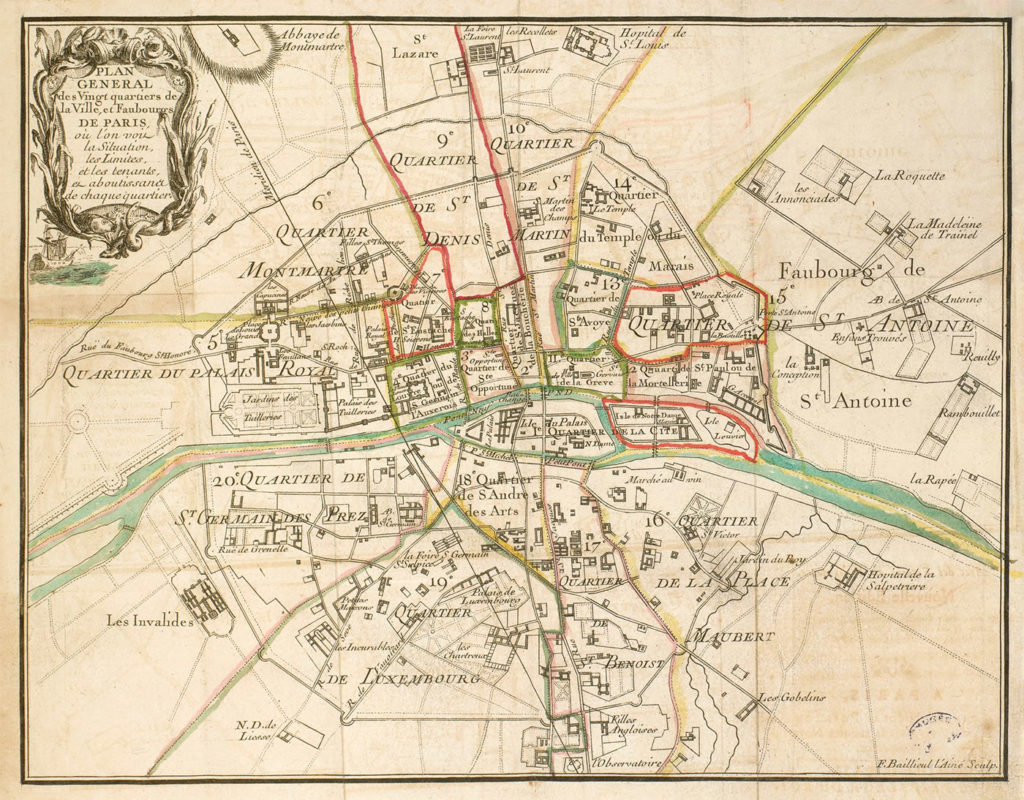
To embellish this equestrian statue commissioned from Edmé Bouchardon, the architect Ange-Jacques Gabriel imagined a square to the glory of the king: this would be the Place Louis XV, better known today as the Place de la Concorde. Around the statue, he created two twin palaces on either side of the Royale street, flanked by monumental frontages.

The headquarters of the Garde-Meuble royal
These two palaces were built without any specific purpose, but simply to dress up the square. It was not until 1765 that it was decided to install the Garde-Meuble Royal in the palace to the east. The role of this institution, the forerunner of the french National Furniture Office (Mobilier National), was to buy and maintain the king’s furniture: the “usual” furniture (beds, chairs, tables, etc.) but also the crown diamonds, household linen, arms and armour, etc.
Two intendants, Pierre-Elisabeth de Fontanieu and Marc-Antoine Thierry de Ville d’Avray, occupied the palace for 25 years and fitted it out according to the needs of the Garde-Meuble. Functional flats, storage areas and exhibition galleries were installed….
Focus on the Cabinet des Glaces
The first intendant of the Garde-Meuble de la Couronne, Pierre-Elisabeth de Fontanieu, was a bachelor and libertine. For his own pleasure, he had a cabinet built next to his bedroom with mirrors painted here and there with figures in lascivious positions!
This Cabinet des Glaces was not to the taste of the wife of the second intendant, Fontanieu’s successor, Marc-Antoine Thierry de Ville d’Avray. The paintings were covered up to transform the figures into chubby cherubs and women in long dresses.
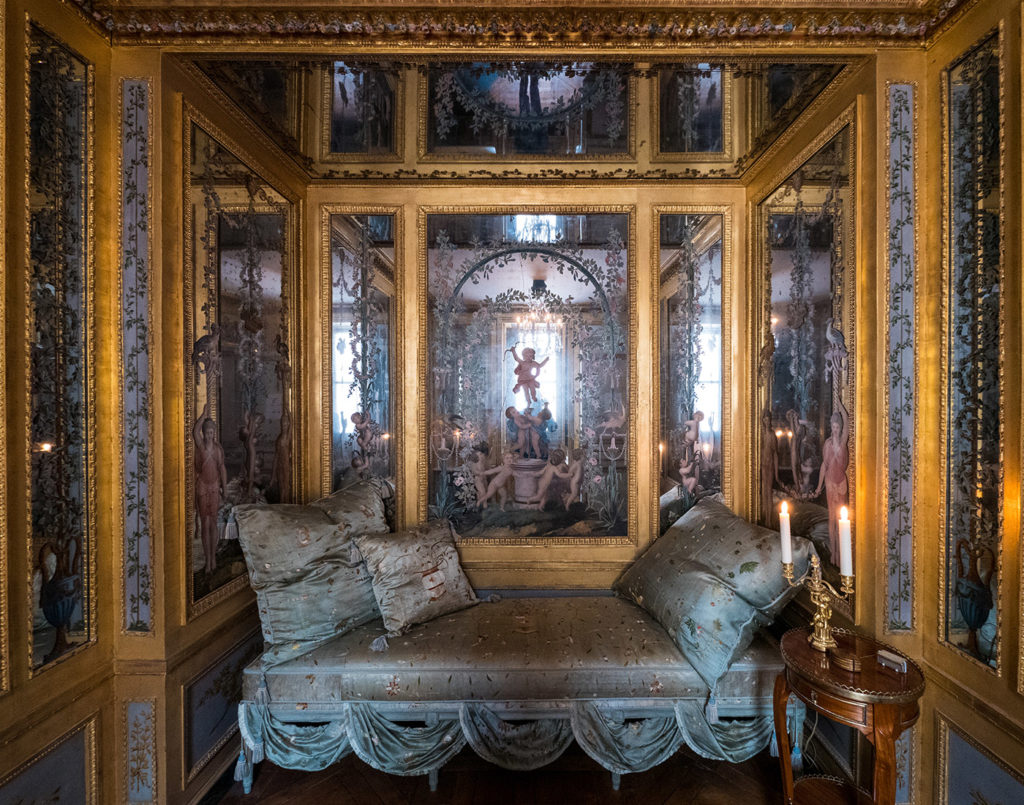
At the Revolution, the arrival of the Navy
In 1789, the French Revolution marked a turning point in the history of the palace. A symbol of royal pomp, the Garde-Meuble was not a very popular administration. Moreover, Louis XVI and his government were forced to leave Versailles and move to the Tuileries. The Secretary of State for the Navy then settled in the palace of the Garde-Meuble, giving it its name of Hôtel de la Marine. For two centuries, the administration of the Navy sat in this sumptuous palace, until 2015 when the Ministry of the Navy left the Place de la Concorde to join the Hexagone Balard, which now houses the headquarters of the French Armed Forces.
Focus on the theft of the Crown Jewels
In 1792, the Garde-Meuble de la Couronne also preserved the Crown Jewels: a treasure trove of more than 10,000 precious stones including the “Régent” diamond, a jewel estimated to be worth 12 million pounds (several million euros).
Between 11 and 17 September, some 40 thieves got hold of the precious treasure after having succeeded in breaking a window and creating a hole (still visible!) in the inner shutter. However, there were several inconsistencies: the locks were not forced and it is hard to believe that forty thieves were able to enter without arousing the suspicions of the surveillance staff. Was it a real theft or were there accomplices within the administration? The mystery remains to this day!
As for the jewels, they were found in the years that followed. As for the thieves, most of them were arrested in the days that followed and eight of them ended up on the guillotine… Nowadays, you can see the “Regent” in the Louvre Museum.
The administration of the Garde-Meuble was abolished for a time, and many pieces of furniture and objets d’art were sold or transformed to recover the noble metals. But in 1800 it was recreated and was called in turn Garde-Meuble des Consuls, Mobilier impérial and finally in 1870 Mobilier national. Today, its role is to manage the furniture of national institutions and its headquarters are located in the Gobelins, in the 13th arrondissement of Paris.
The abolition of slavery
It was in the Hôtel de la Marine that the decree abolishing slavery in the French colonies was signed on April 27, 1848. This initiative by Victor Schoelcher, a fervent defender of human rights, granted former slaves citizenship and forbade the French to own a human being. 248,500 slaves were freed following the signing of this decree. The Hôtel de la Marine displays the desk on which Victor Schoelcher wrote this text, in the diplomatic lounge.
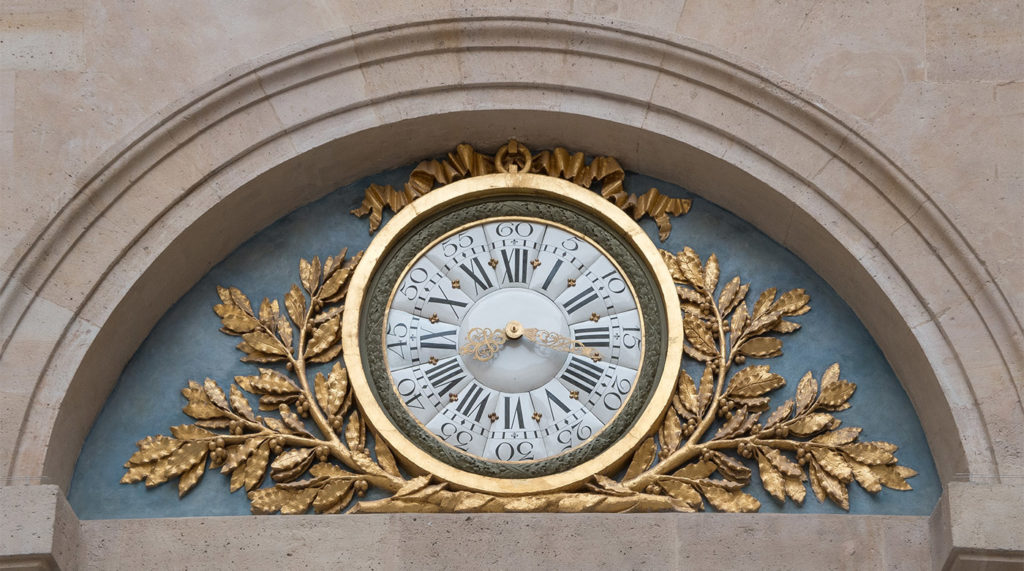
2021: a new chapter in the history of the Hôtel de la Marine
Following the departure of the Ministry of the Navy, the management of the Hôtel de la Marine has been entrusted to the Centre des Monuments Nationaux, which has just completed a vast restoration campaign begun in 2017.
LEARN MORE: Restoring the Hotel de la Marine
From Saturday 19 June 2021, the Hôtel de la Marine will be open to the public. Visitors will be able to discover the heritage spaces and the history of the building in the company of the “confidant”, an audio headset that offers a scripted tour. The “Grand Tour” route gives you access to the entire tour: 18th century rooms, state rooms, loggia and exhibition galleries; the “Salons & Loggia” route gives you access to the state rooms and the loggia.
An exhibition space of 400 m² installed in the former command area will also present works from the Al Thani collection in a few months. You can already book your visit on the website https://www.hotel-de-la-marine.paris/
More than a heritage site, the Hôtel de la Marine has been designed as a place to live, as you will also find a bookshop-boutique, a café, a restaurant and coworking spaces.
To go further
If you would like to know more about the history of the Hôtel de la Marine, Alexandre Gady has just published a very beautiful and richly illustrated book in the Regards collection, published by Editions du Patrimoine.
Visit the Hôtel de la Marine
Location:
2 place de la Concorde
75008 PARIS – France
Opening hours:
Every day from 10.30am to 7pm
Fridays until 10pm
Inner courtyard open from 9am to midnight
Website:
https://www.hotel-de-la-marine.paris/en/
Admission:
Access to lounges & loggia: 13 €.
Grand Tour: €17
Free for children under 26 years old from European Union
This article was produced in partnership with the Centre des Monuments Nationaux



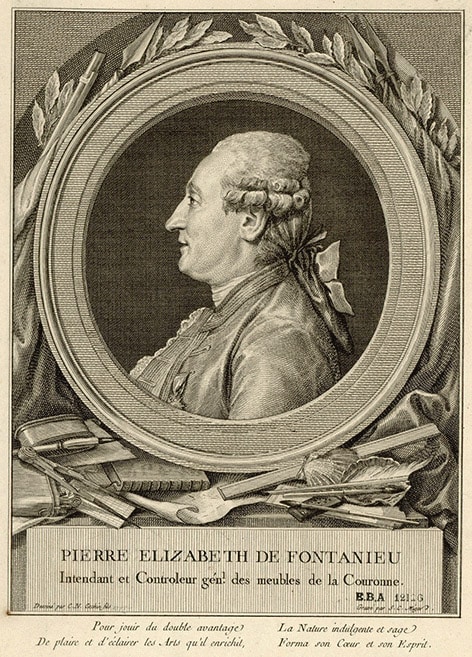
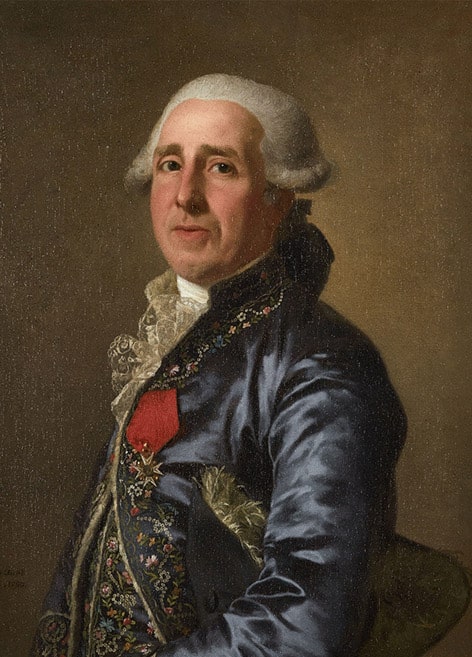
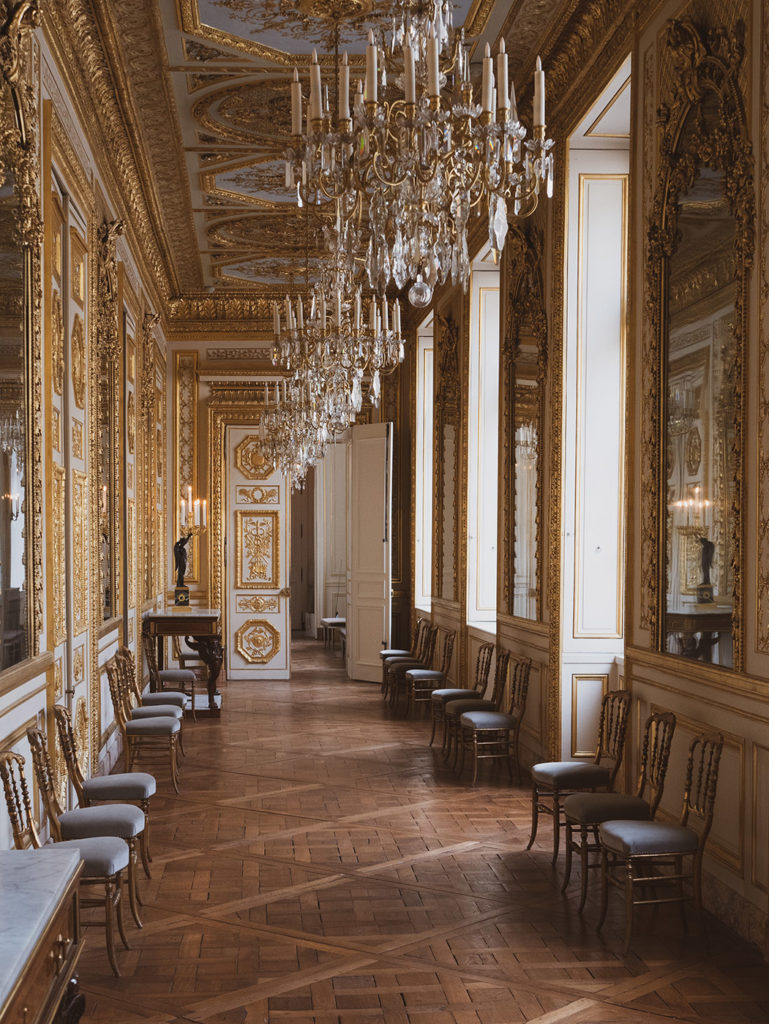
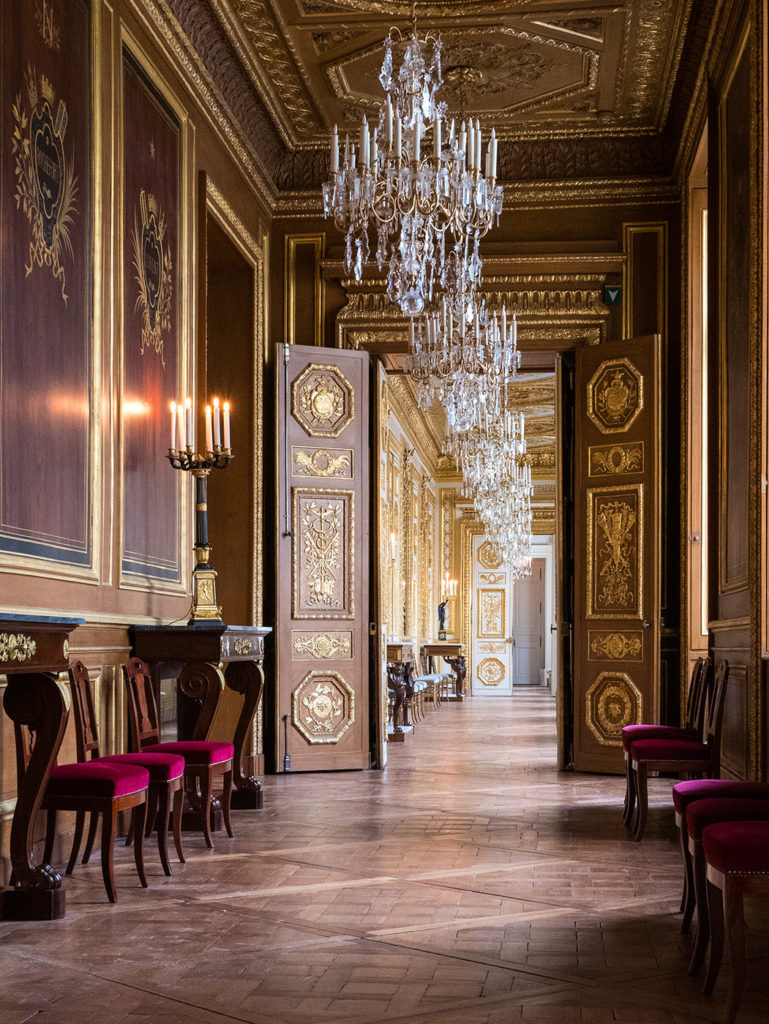
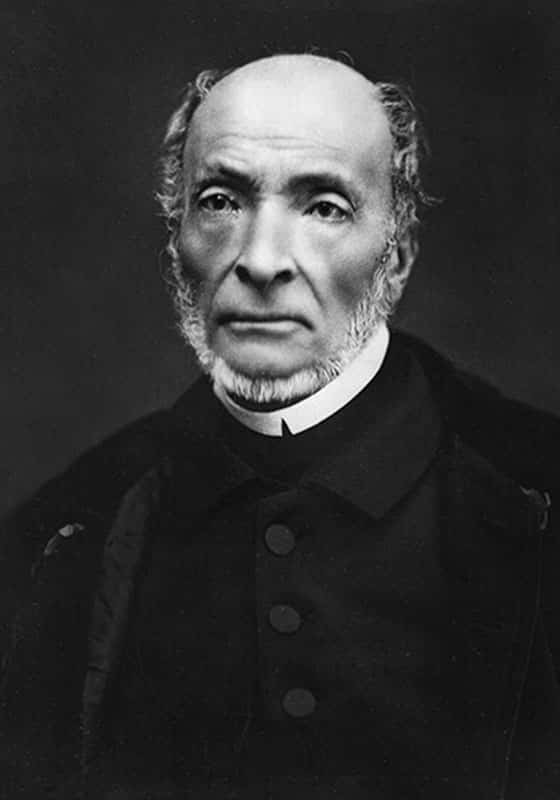
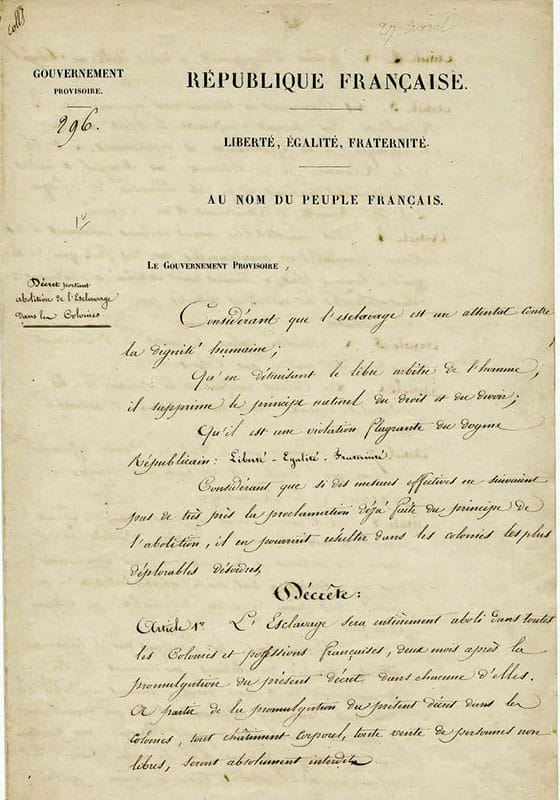
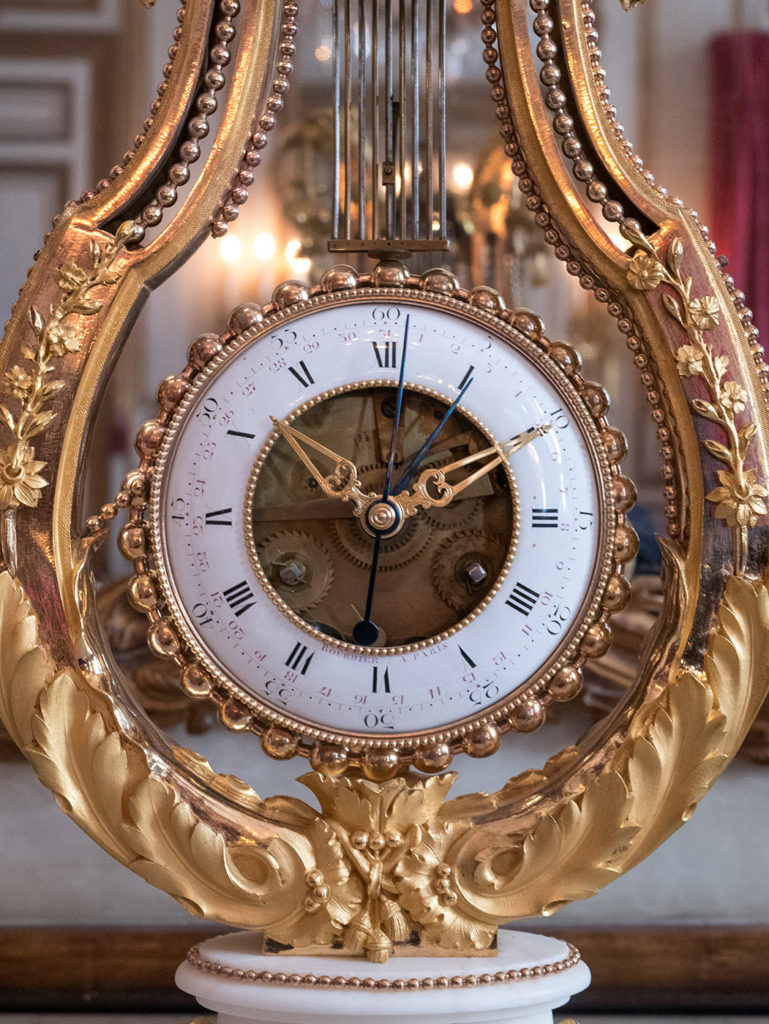
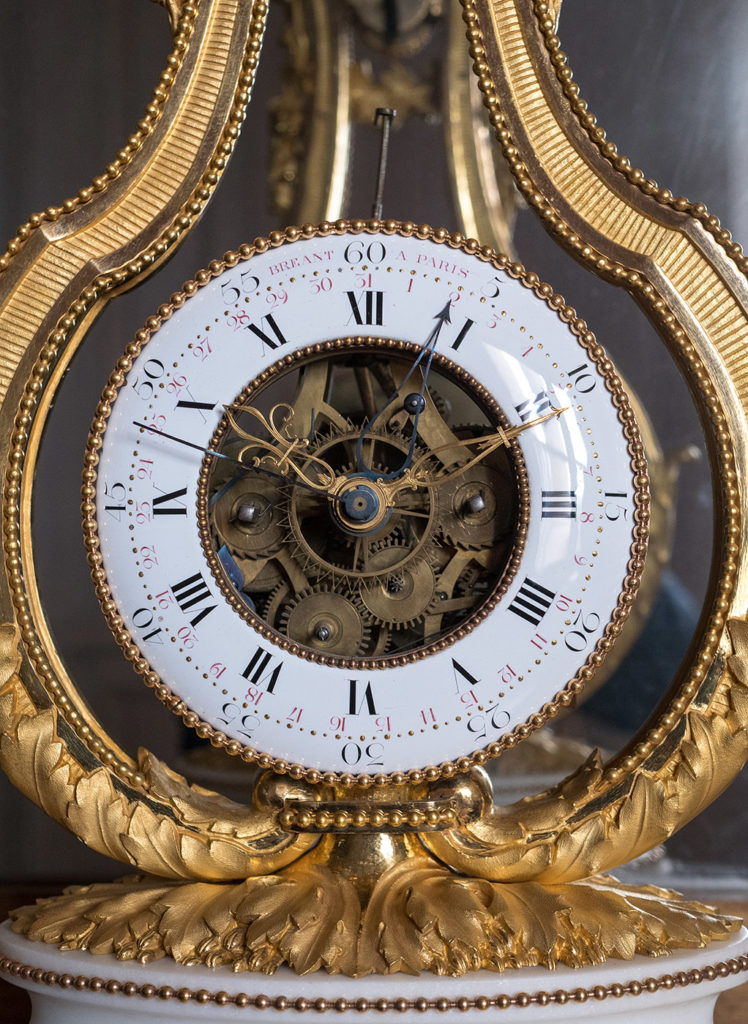
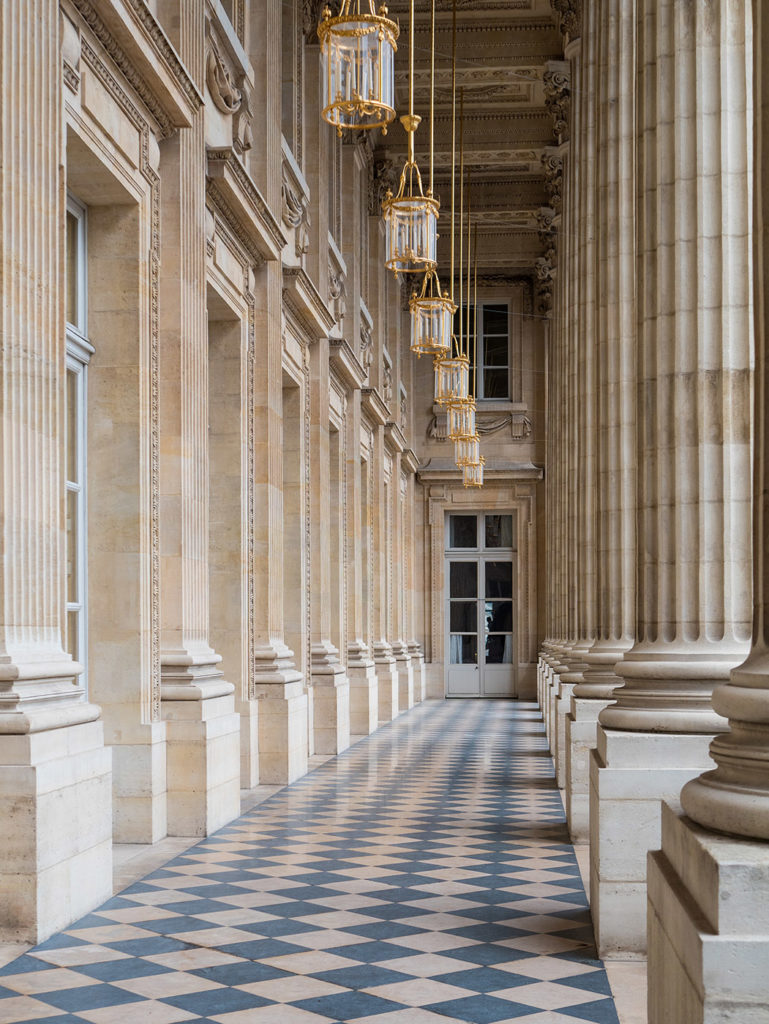
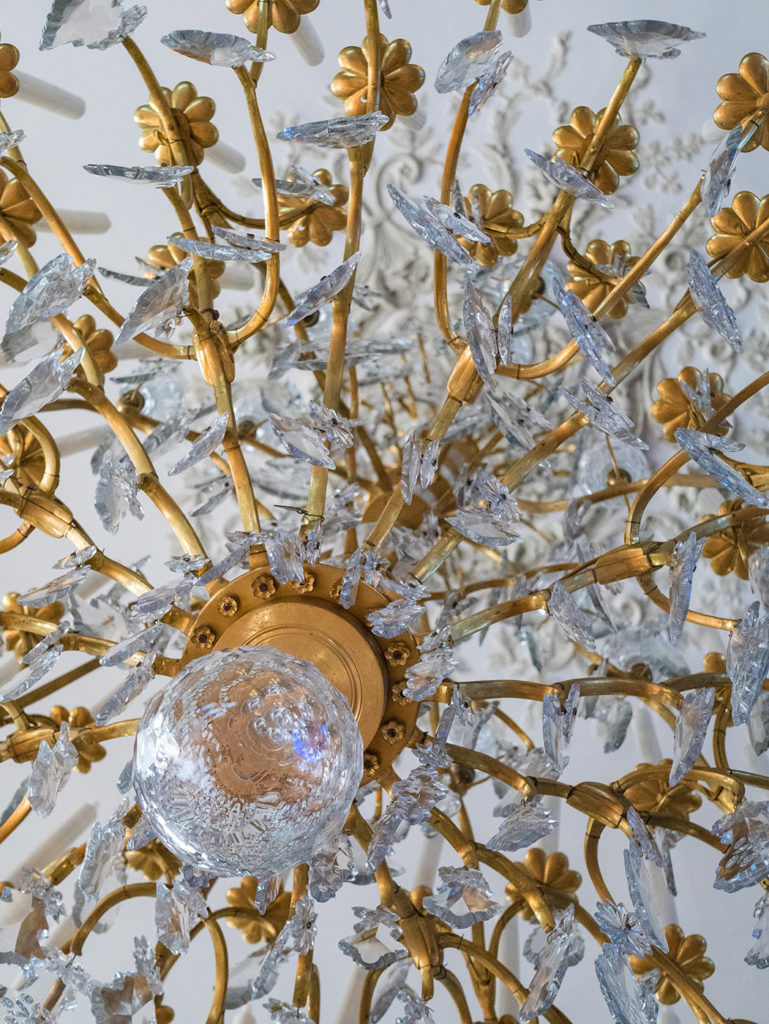

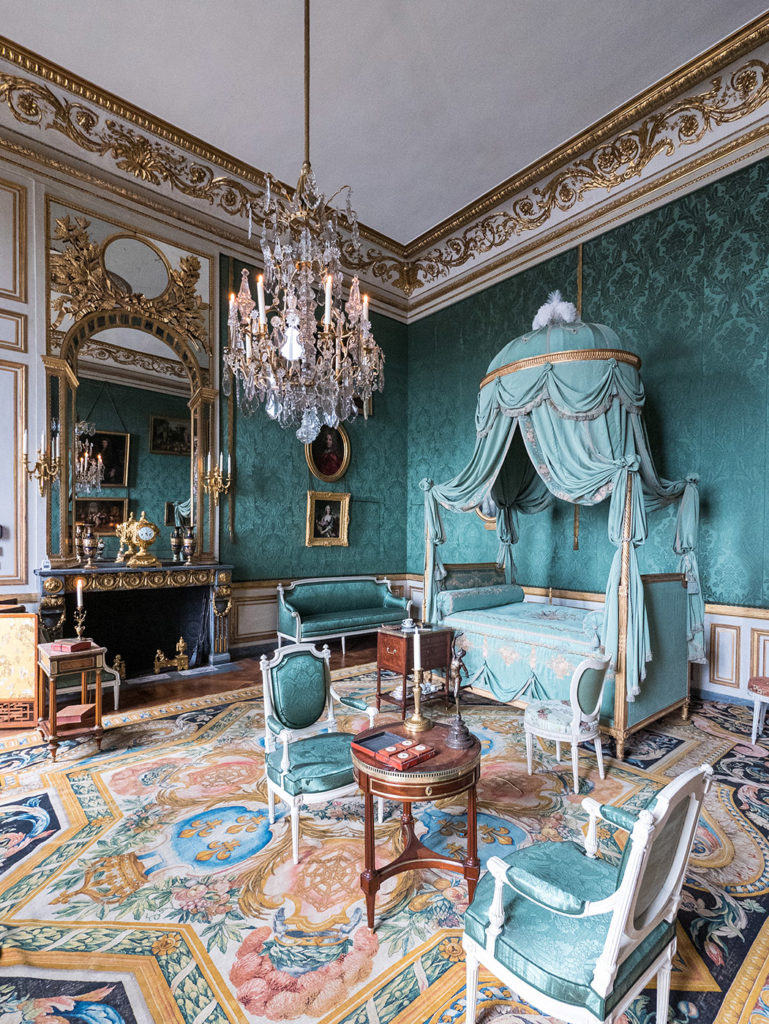
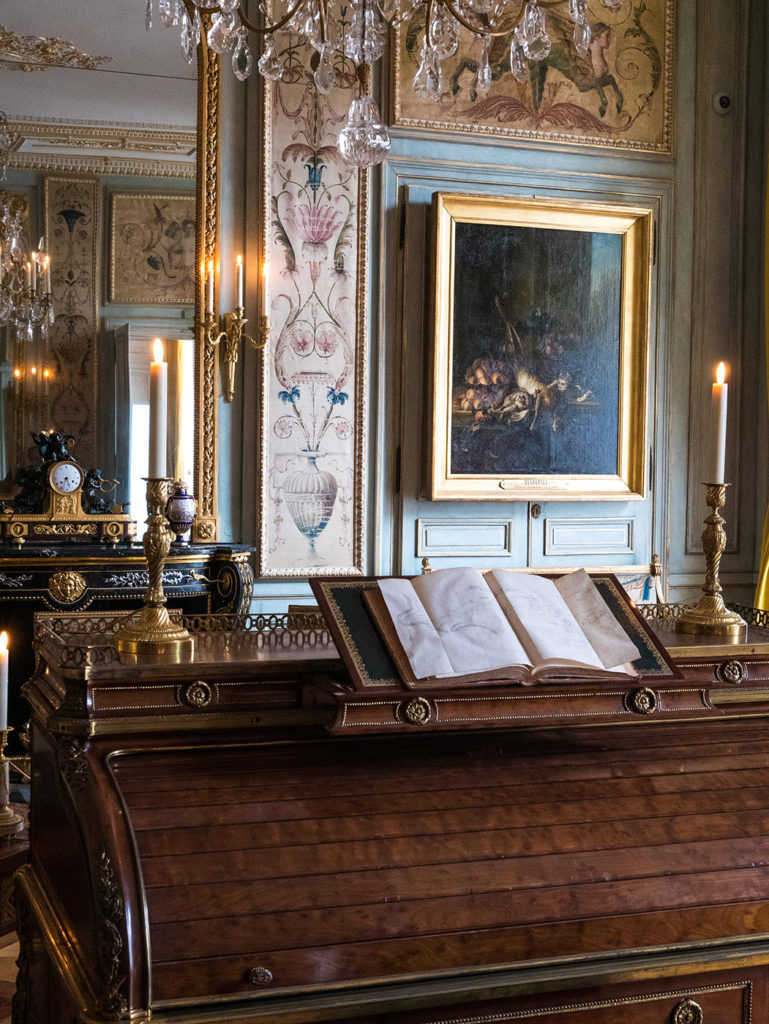
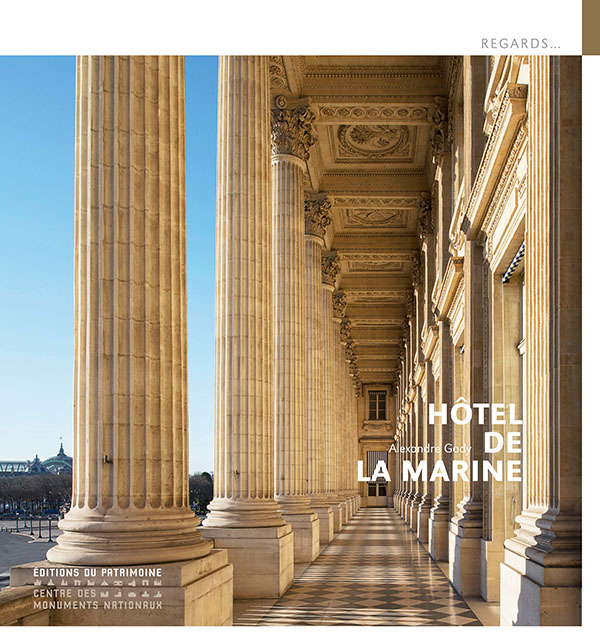


No Comments
Leave a comment Cancel